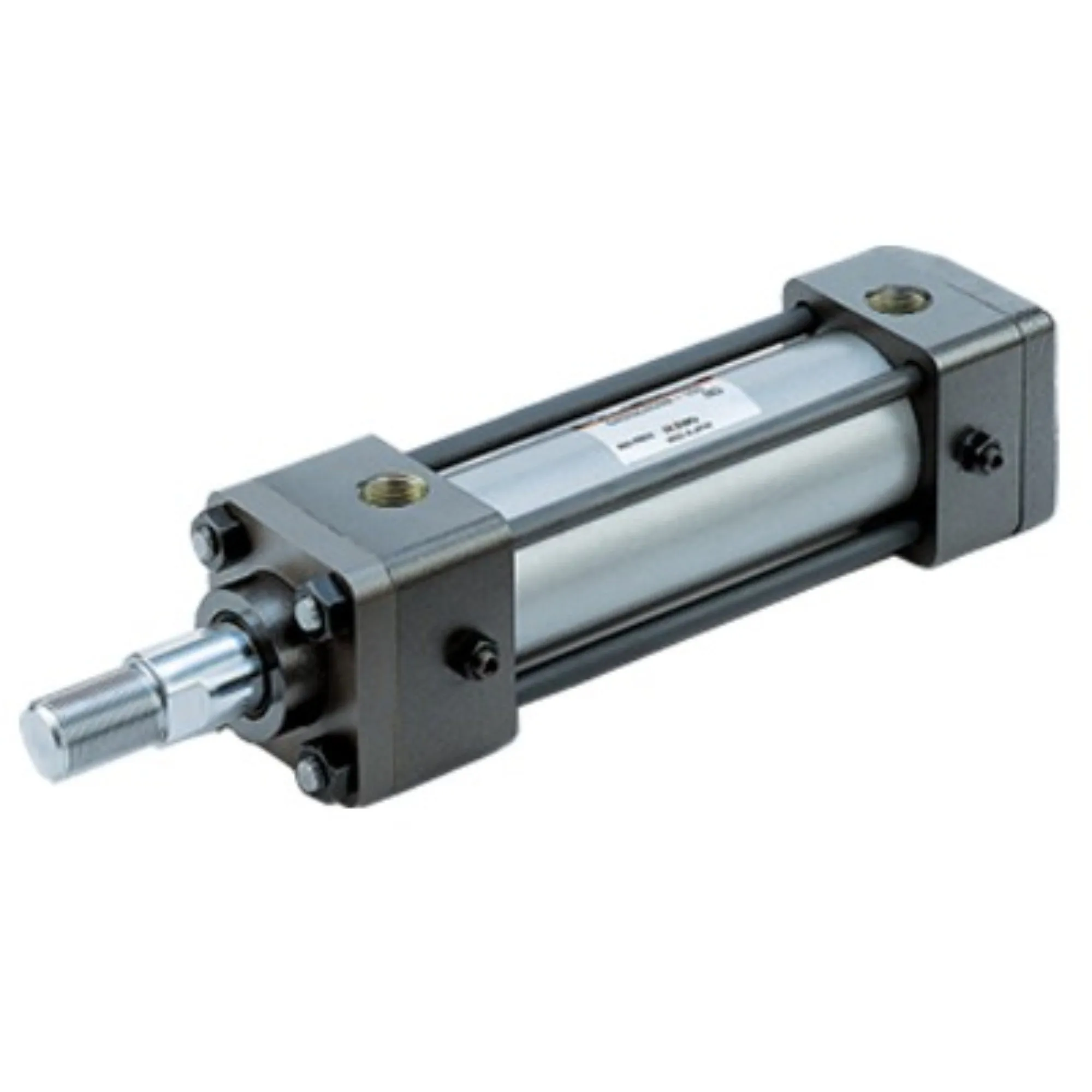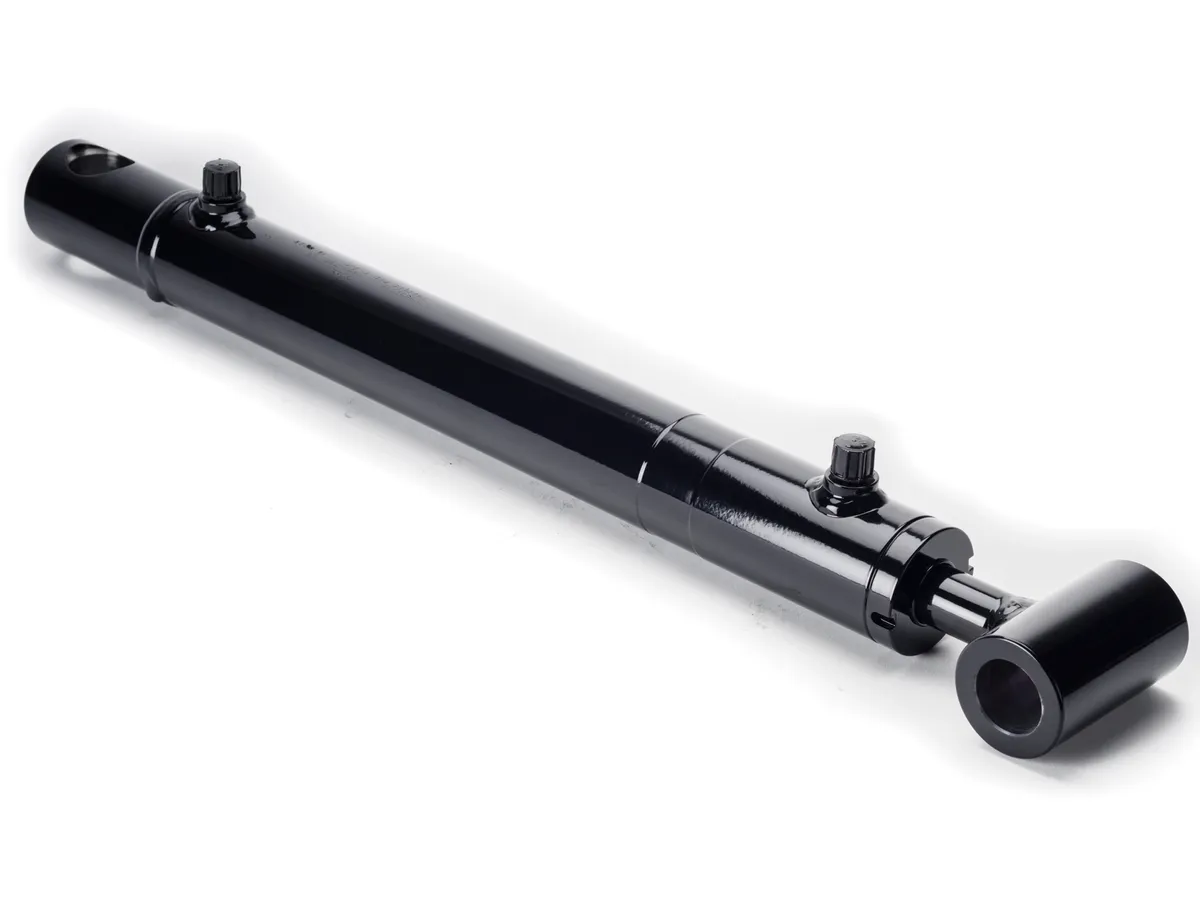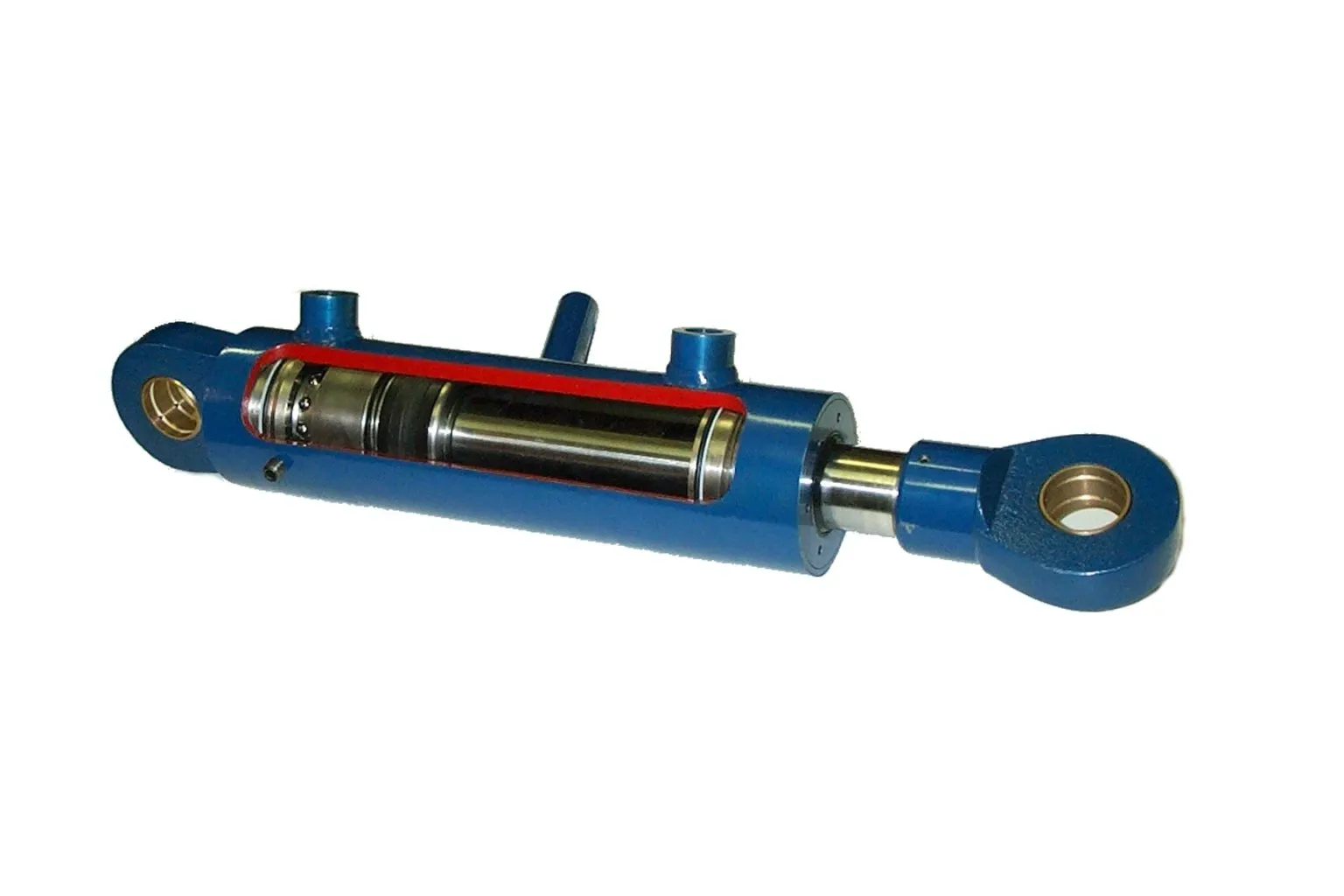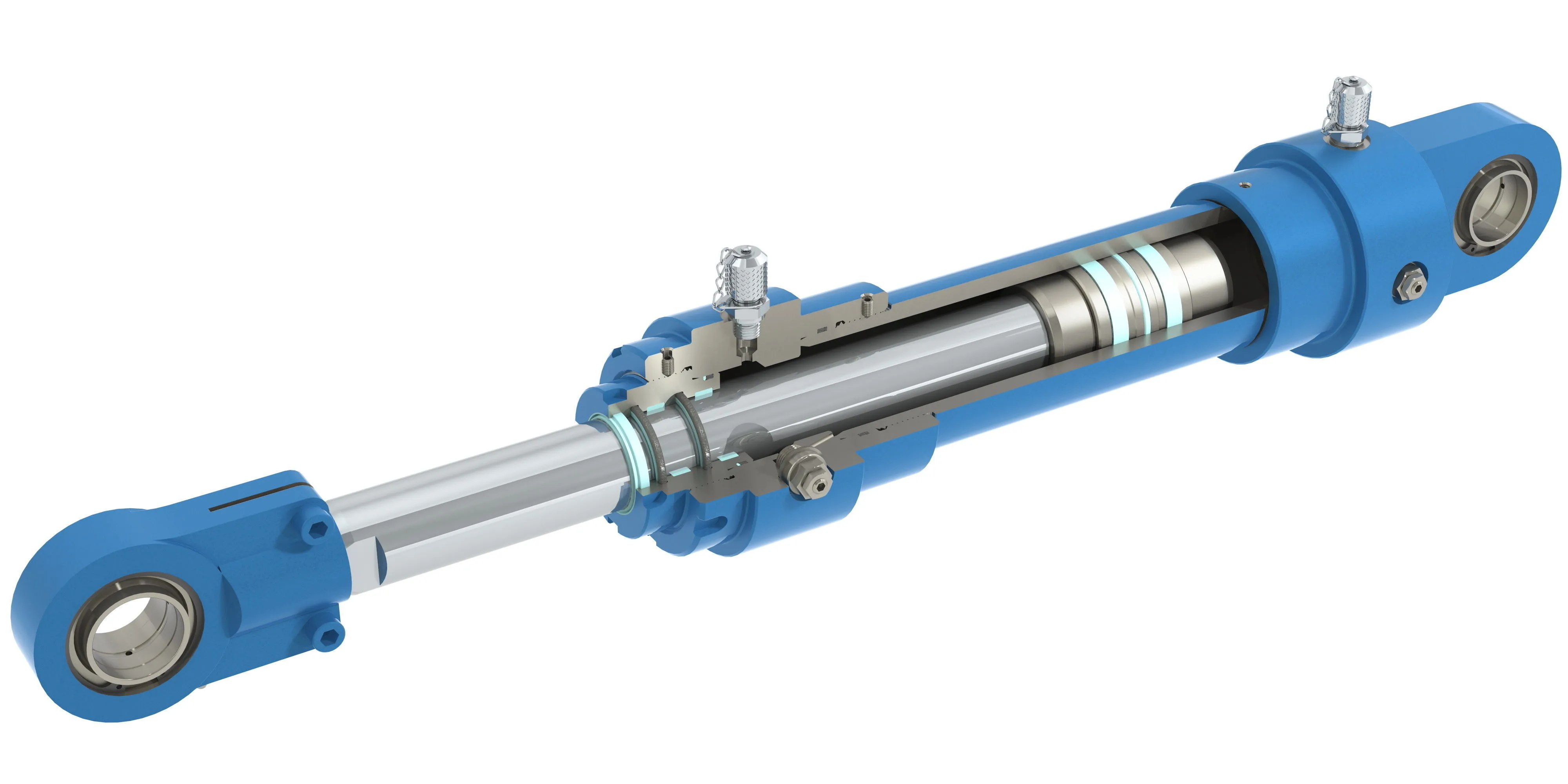The Significance of Telescopic Single-Acting Hydraulic Cylinder in Hydraulic Applications
In the world of hydraulic systems, the telescopic single-acting hydraulic cylinder plays a vital role in various specialized fields. This innovative cylinder design allows for gradual expansion and contraction, making it ideal for applications where space efficiency and high force output are crucial.
Design and Construction Characteristics
When it comes to the design of a telescopic single-acting hydraulic cylinder, several key components play a significant role:
- Outer Cylinder: The external shell that houses the internal stages
- Internal Stages: The stages inside the outer cylinder that allow for gradual expansion
- Piston: The component responsible for pushing the hydraulic fluid
- Seals: Essential for preventing leaks and maintaining pressure, including O-rings and wiper seals
- Materials: High-strength steel, lightweight aluminum, and corrosion-resistant coatings

Working Principle
The telescopic single-acting hydraulic cylinder operates by applying hydraulic pressure in one direction, allowing for extension and contraction through the use of springs or gravity. The telescopic action enables the cylinder to extend from a compact form to a longer length, providing the necessary force for various applications.
Types and Configurations
There are three main types of telescopic single-acting hydraulic cylinders, each with its unique configuration tailored to specific use cases. These configurations offer versatility and adaptability across different industries, from construction to transportation.
Advantages of Telescopic Single-Acting Hydraulic Cylinder
Some key advantages of utilizing telescopic single-acting hydraulic cylinders include:
- Space Efficiency: Ability to expand significantly while remaining compact
- High Force Output: Capability to generate substantial force for lifting and driving tasks
- Versatility: Adaptability across various industries and applications


Application Scenarios
Telescopic single-acting hydraulic cylinders find applications in scenarios where space efficiency and high force output are paramount, such as dump trucks, lifting equipment, and marine environments.
Design Considerations and Selection Criteria
When selecting a telescopic single-acting hydraulic cylinder, factors such as bearing capacity, sealing, durability, safety, and maintainability should be carefully considered to ensure optimal performance and longevity.
Sealing and Lubrication
Proper sealing and lubrication are essential for the smooth operation of telescopic single-acting hydraulic cylinders. Utilizing high-quality seals and regular maintenance can help prevent leaks and ensure efficient performance.
Regular Inspection and Maintenance
Implementing regular inspection and preventive maintenance measures can help extend the service life of telescopic single-acting hydraulic cylinders. This includes monitoring wear and tear, lubrication levels, and seal integrity.
Installation Guide
Follow the correct installation procedures to ensure the proper functioning of the telescopic single-acting hydraulic cylinder. Pay attention to alignment, mounting brackets, and secure connections for optimal performance.
Maintenance Tasks
Regular inspection, proper lubrication, seal replacement, and calibration inspections are essential maintenance tasks for telescopic single-acting hydraulic cylinders. By following these guidelines, you can enhance the longevity and efficiency of your equipment.
Safety Considerations
Always prioritize safety when using telescopic single-acting hydraulic cylinders. Adhering to safety measures and environmental regulations is crucial to prevent accidents and ensure smooth operation.
Unit Power and Optimization
The unit power of a telescopic single-acting hydraulic cylinder is influenced by factors such as cylinder diameter, operating pressure, piston speed, and load conditions. Optimizing the power unit can enhance efficiency, energy savings, and reliability.
Common Questions
Here are the answers to some common questions about telescopic single-acting hydraulic cylinders:
1. How does a telescopic single-acting cylinder differ from a standard hydraulic cylinder?
A telescopic single-acting cylinder allows for gradual extension and contraction, making it ideal for applications requiring variable lengths.
2. What are the primary components of a telescopic single-acting hydraulic cylinder?
The main components include the outer cylinder, internal stages, piston, seals, and materials like high-strength steel and aluminum.
3. In which applications are telescopic single-acting cylinders commonly used?
Telescopic single-acting cylinders are commonly used in industries such as construction, agriculture, transportation, and marine environments.
Long-Tail Keywords
Three long-tail keywords related to telescopic single-acting hydraulic cylinders are listed and explained:
- Telescopic Single-Acting Cylinder for Compact Applications
- High-Force Telescopic Hydraulic Cylinder for Heavy-Duty Tasks
- Versatile Single-Acting Cylinder for Diverse Industries

Our Company
We are a leading hydraulic cylinder replacement manufacturer, offering a wide range of products tailored to meet diverse industry needs. With a focus on quality, reliability, and customer satisfaction, we aim to provide innovative solutions for hydraulic system applications.
